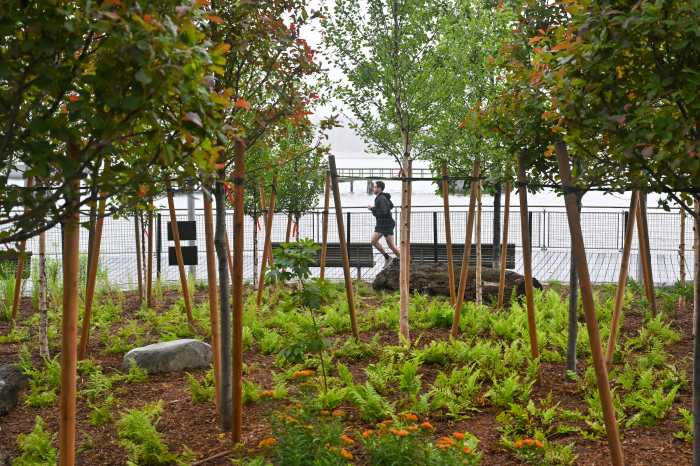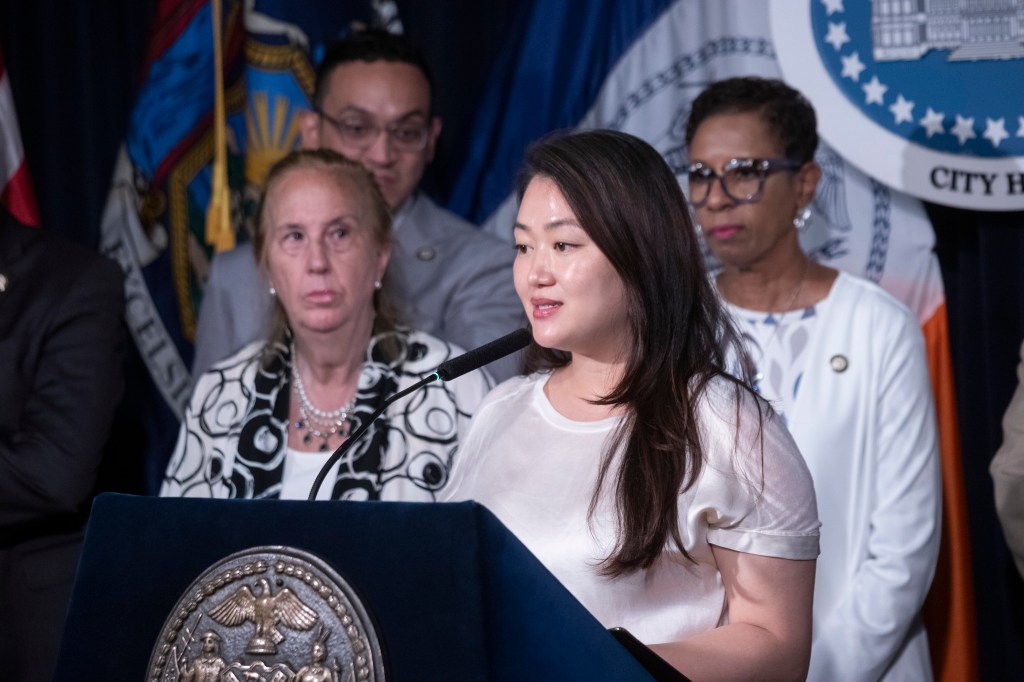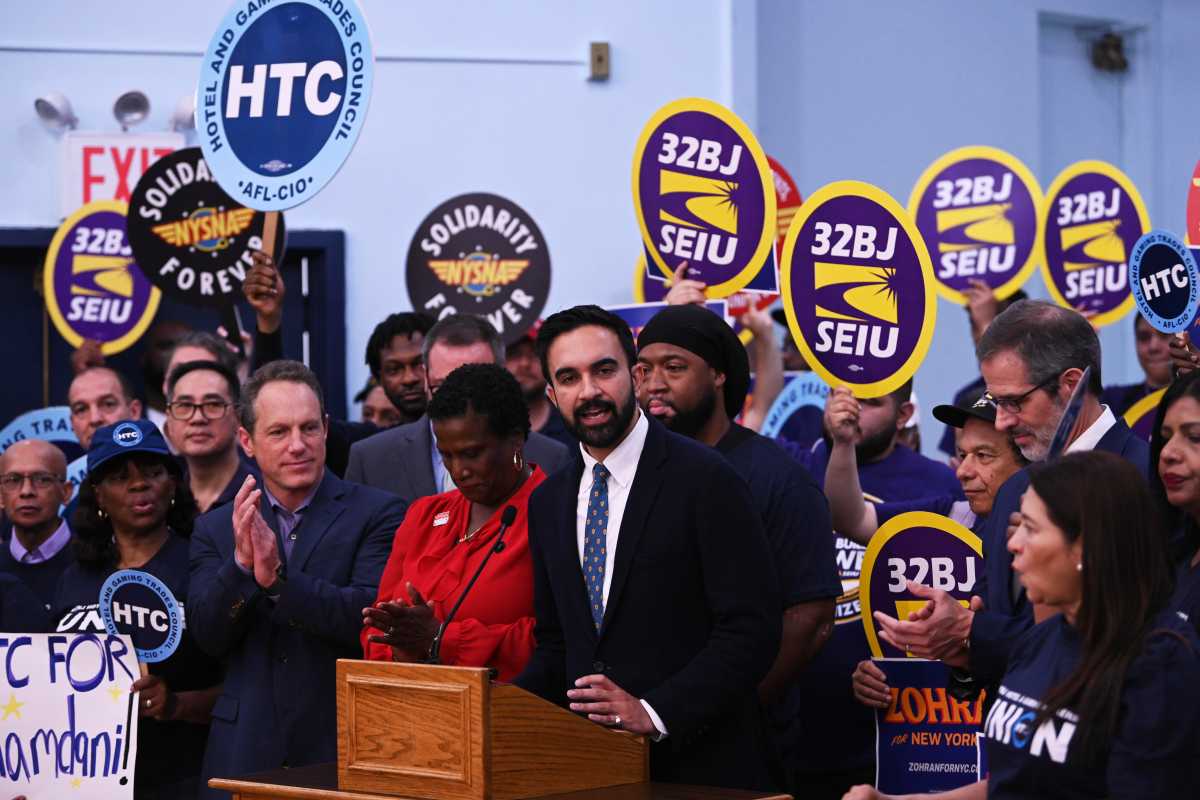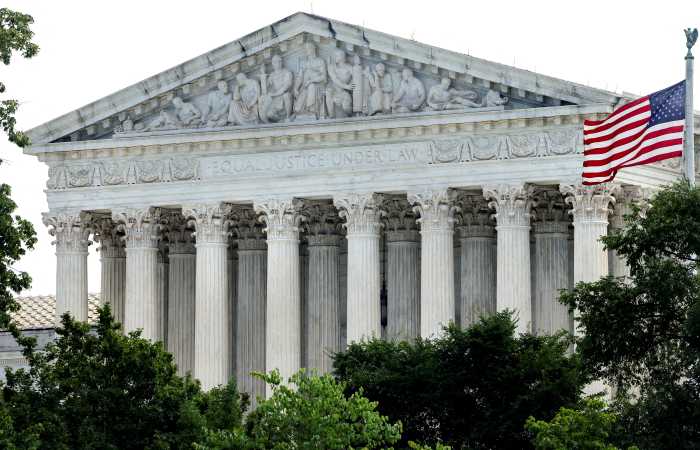It must be love. And it smells like sewage.
Over the past two weeks, the Environmental Protection Agency (EPA) and the city’s Department of Environmental Remediation have been giving dueling presentations about the future of Newtown Creek if it is declared a Superfund site yet remain committed to working together to clean it up.
“Collaboration” has been the buzz word used at nearly half a dozen presentations, which followed a three-hour meeting between federal and city officials regarding the creek.
At a Community Board 1 Environmental Committee meeting, EPA officials addressed a myriad of questions that neighborhood residents raised about the effects of the Superfund listing. This past September, the EPA made its recommendation to list Newtown Creek, the 3.5-mile waterway separating Brooklyn and Queens, as a federal Superfund site. Members of the public will have had three months to make comments about the listing before the public comment period ends on December 23.
Some of the most significant questions submitted to EPA officials include the effect of Superfund on several city construction projects along the creek, industrial commerce and expansion plans, the permitting process for local parks, water quality and nearby housing developments.
Walter Mugdan, the EPA’s Regional Director of Division and Environmental Planning, said that the federal agency’s clean-up process would have a high level of coordination with the city and the state.
“We are perfectly eager to have this work proceed,” said Mugdan, referring to the dredging at the mouth of Newtown Creek which would enable the passage of new sludge boat vessels. “The short answer is that we see no reason to prevent this. We’re committed to working with the city.”
Newtown Creek Monitoring Committee liaison Christine Holowacz was pleased with the news.
“I have to tell you that this one was the most positive aspects of the EPA’s presentation, when they said ‘we commit to working with the city, we will collaborate with the city,’ those words, I haven’t heard before,” said Holowacz. “I hope the community encourages the EPA and the city to keep developing this relationship so that the projects we have in Brooklyn and Queens go forward.”
CB 1 Environmental Chair was similarly encouraged by the EPA’s embrace of the city’s and the community’s concerns.
“I think they are becoming more responsive to community concerns. I think they are taking into consideration the city’s concerns and they seem serious about their intentions,” said Lawrence. “This is the beginning of the process.”
Yet, it is unclear whether the city will ultimately support Superfund. According to their presentation, city officials at the DEP and the Deputy Mayor’s office were inclined to back off from such pronouncements, emphasizing a collaborative relationship over commerce, development, and the environment along the creek.
City officials said they were still putting together their response to the EPA, though they indicated that they would not offer an alternative clean-up plan similar to one they proposed for the Gowanus Canal.
EPA spokesperson Beth Totman noted that the city still has two weeks before they will submit official comments.
“The EPA has not received any formal comments from the city as to whether or not they are on board with the proposed designation or if they are opposed to it,” said Totman.
























